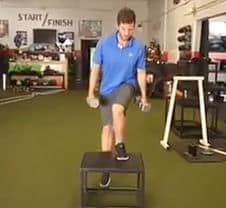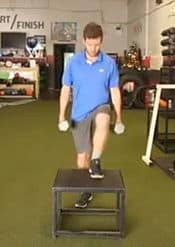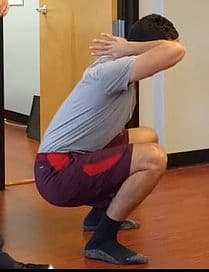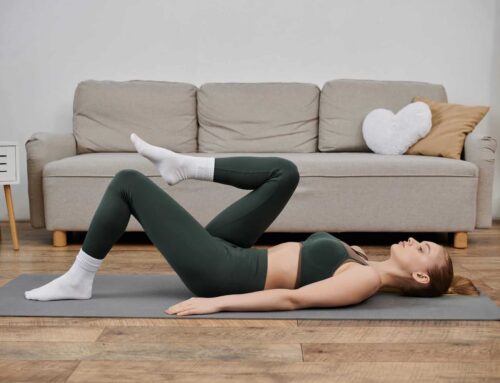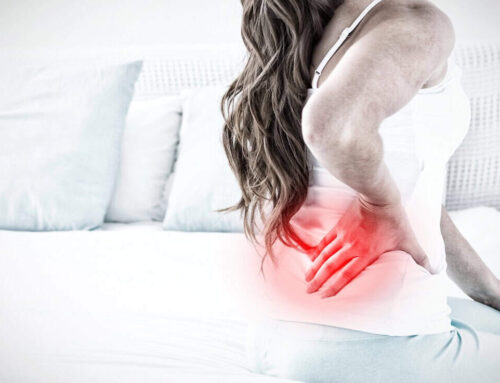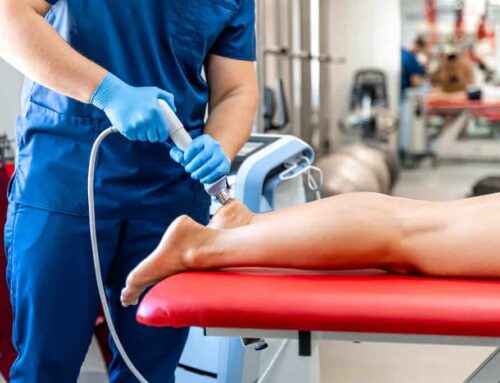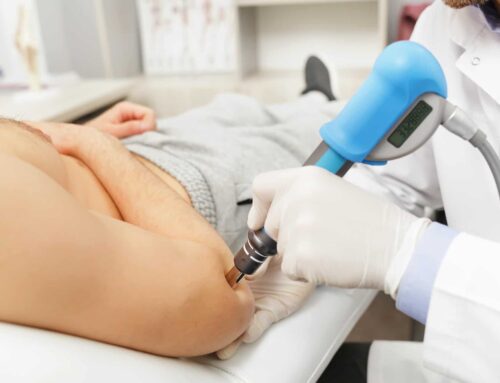Often when approaching an injured person and performing their evaluation, we as physical therapists need to keep the butterfly effect in mind. I’m of course referring to the notion that a small change in one place can have significant consequences far away in a seemingly unrelated area, otherwise known as regional interdependence.
Regional interdependence accounts for when a patient wants tips for knee pain, they are prescribed exercises that primarily work the ankle or the hip musculature. The patient might report having symptoms like pain going up or down stairs. Upon further exam, a PT might find that she has weakness in her hip, which is leading to her stepping up in such a way that puts strain on the knee joint and causes her pain. To address this issue, treatment might focus on getting the hip stronger while teaching the patient to go up stairs a way that will use that new hip stability and unload the knee.
Poor knee position
Good knee position
Another example could be the case of low back pain during squats brought on by limited ankle mobility. As a person goes into the deeper part of a squat and their butt drops, the ankle needs to be able to flex as the knees bend and the shin comes forward. This movement happening at the ankles and knees allows for the hips to fully flex as the butt drops as well, which leads to the back not needing to bend in order to get into the deep squat position. If the ankles are not able to flex as far as they should, then the knees won’t be able to bend as far as they should, leading to the hips not bending as as far as they should, leading to the low back bending in order to make up for the lost range of motion. If this movement is performed many times or with a large amount of weight, then the low back will take on more strain than it should and lead to injury, such as a disc herniation.
Poor ankle mobility and rounded back
Good ankle mobility and strong back position
One last example to really drive it home: shoulder pain with pitching can be caused by decreased mobility in the hips and trunk. During the wind-up a baseball pitcher needs enough rotation mobility in the hips and trunk to generate power during the pitch. If there is not enough of this rotational ability, then during the wind up the pitcher may try to make up for this by getting more power by cocking his arm back further. If he continuously over-rotates at the shoulder to make up for a lack of mobility elsewhere, then he could easily wind up with pain in the shoulder and eventually injury.
So the next time you’re feeling pain in one joint while exercising or just going about your day, think about regional interdependence, and know that that the source might be coming from somewhere you didn’t expect.


